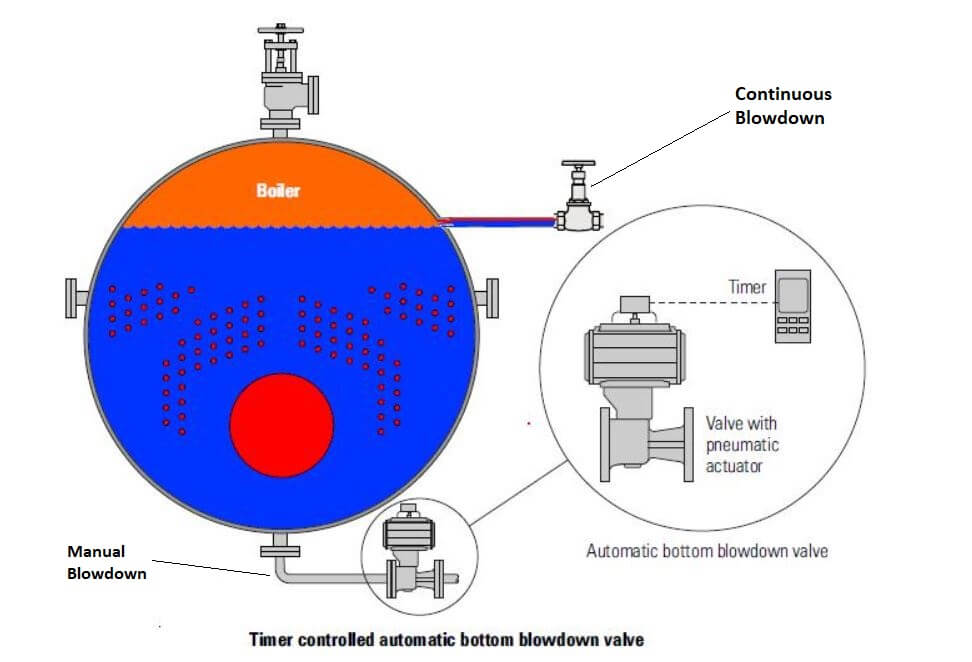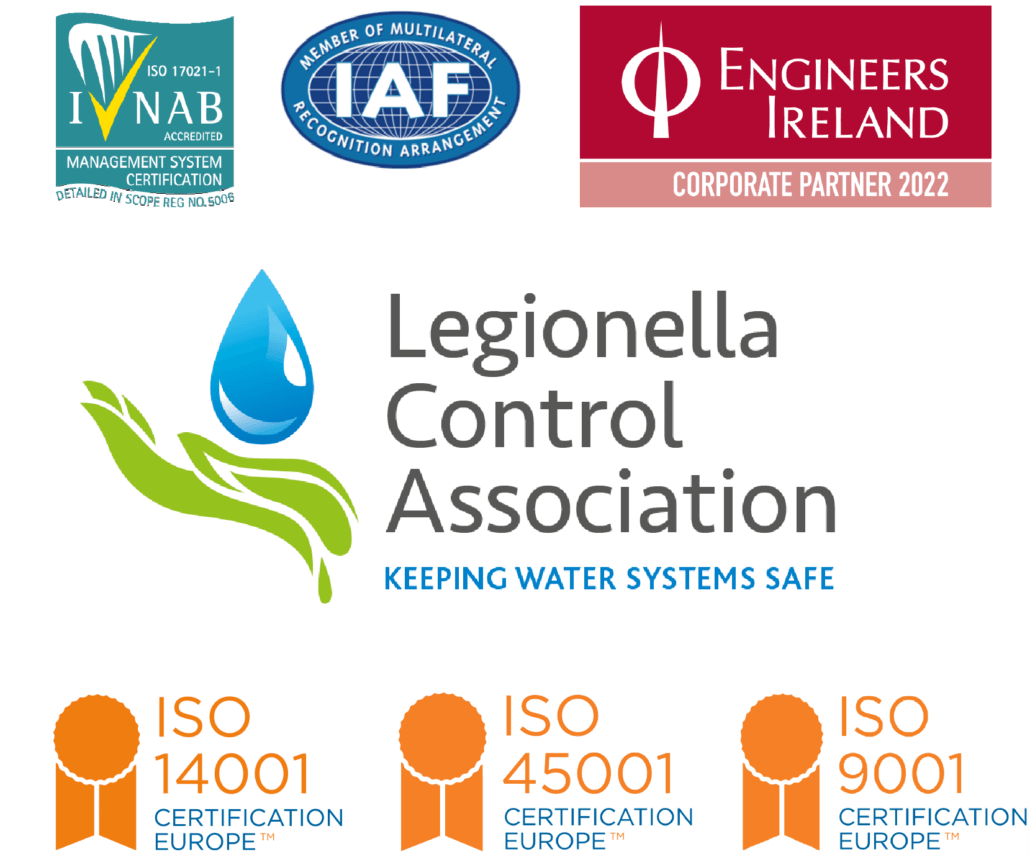Why is boiler blowdown important?
Boiler blowdown is simply the process of removing water from the system.
The purpose of boiler blowdown is to maintain the solids content of boiler water within a certain limit, in order for you to run a safe and efficient operation. The blowdown can range from less than 1% when an extremely high-quality feedwater is available to greater than 20% in a critical system with poor-quality feedwater.
The right amount of blowdown is critical: too much blowdown will result in energy loss and excessive chemical treatment cost and if too little excessive concentrations of impurities will build up.
The amount of blowdown required is directly related to the quality of the water being fed into the boiler.
The better the water quality, the less a blowdown is required.

Controlling Blowdown
Steam boilers are integral to a businesses’ operation and controlling boiler blowdown is an essential element in all good boiler water treatment processes. It is an important process used to manage the build-up of suspended solids and to control the formation of scale, corrosion, and wet steam carryover. It can also improve steam quality and system reliability, reduce maintenance costs and optimise boiler efficiencies.
In industrial steam boilers, blowdown is made up of feedwater which has been treated and heated, but is then flushed to drain rather than going through the conventional heating process where it is converted into steam.
Boilers use blowdown to control the levels of suspended or dissolved solids in the water which the boiler uses. If the levels of these contaminants becomes too high, the system may start to experience problems.
The blowdown rate required for a particular boiler depends on many things such as boiler design, operating conditions, and the feedwater contaminant levels that’s why it is important to speak to a water treatment, to ensure the blowdown is calculated correctly.
Boiler Blowdown Methods
There are 2 different methods to conduct a boiler blowdown; manual & continuous blowdown.
The manual method of blowdown requires the manual operation of valves and controls to remove water from the boiler or system. However, there are also systems that can be put in place to automatically perform these tasks at desired intervals.
Manual Blowdown
Manual blowdown is also known as bottom blowdown and is the most commonly known type of blowdown, it can also be known as “intermittent blowdown”. The valve(s) is opened manually for a brief period of time to allow the accumulated sludge to pass from the vessel.
Manual blowdown is designed to remove suspended solids and utilizes connections on the lowest point of the boiler to remove the sludge and sediment that accumulates at the bottom of the boiler.
Advantages of Bottom Blowdown
- Removes sludge and sediment
- Removes dirty water: clean water boilers easier and cleaner
- Results in more efficient boiler operation overall
Disadvantages of Bottom Blowdown
- Wastes a large quantity of water that has been preheated, treated, and brought up to the boiler operating temperature and pressure.
- It occurs periodically, which means it does not offer a constant removal of impurities

Continuous Blowdown
As it states, continuous blowdown is the continuous removal of water from the boiler. This is often referred to as surface blowdown as it is removed from the top of the boiler water level.
A manually controlled needle valve can be utilized to control the flow of continuous blowdown or a more sophisticated automated system may be used.
Advantages of Surface Blowdown
- Removes suspended impurities that float to the top and may form a “foam” on the surface of the water or scale on the surface of the metal
- Continual removal of impurities that have not yet settled to the bottom of the boiler
Disadvantages of Surface Blowdown
- Continual monitoring and adjusting with conductivity
- Continual removal of water that has been preheated, treated, and brought up to the boiler operating temperature and pressure.
- A maximum of dissolved solids may be removed with minimal loss of water and heat from the boiler.
When continuous blowdown is used, manual blowdown is usually limited to one short blow per shift to remove suspended solids which may have settled out near the bottom of the boiler.
Optimising blowdown to ensure boiler efficiency
In order to keep steam boilers running efficiently, you need to ensure boiler blowdown takes place only when it is required. Too often and boiler efficiencies can be reduced, too infrequently and poor steam quality or system damage can occur.
If the quality of the feedwater water is critically low, or the condensate return is significantly lower, blowdown rates could be much higher than this.
In order to work out the optimal boiler blowdown rate for individual steam generating systems, operators should consider a range of factors that include:
- Design of the boiler
- Quality of the makeup water
- Operating conditions
- Control equipment
- How onsite monitoring is carried out
- Type of water treatment products
Aquachem have comprehensive range of industrial boiler water treatment solutions. We can help you optimise costs and operational efficiencies, reduce downtime, achieve water and energy savings, maintain steam quality, and increase plant reliability and safety.
Contact us today to speak to one of one of our experts.






